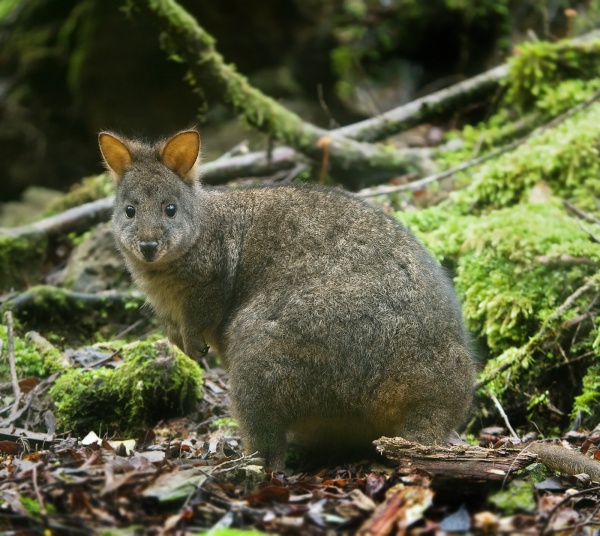Facts About Tasmanian pademelon
The Tasmanian pademelon, also known as the rufous-bellied or red-bellied pademelon, is a captivating marsupial indigenous to Tasmania. Historically, they were also found in southeastern Australia. These small creatures distinguish themselves from their northern relatives through their thicker, bushier fur. Males can weigh up to 7 kg and measure between 1 to 1.2 meters in length, while females are generally smaller, averaging around 4 kg.
Pademelons are predominantly solitary and prefer to remain inconspicuous during the day, seeking refuge in dense vegetation. They emerge at night to forage in open areas. Their preferred habitats include rainforests, sclerophyll forests, and scrublands. Their diet consists of a variety of plants, such as herbs, green shoots, grass, and occasionally nectar-bearing flowers.
In the wild, pademelons must be vigilant against predators like the Tasmanian devil and quolls. Despite these threats, they are quite abundant in Tasmania. Occasionally, they are culled to reduce competition with livestock. Hunting pademelons is permitted, and their pelts and meat hold some economic value.
Pademelons do not have a specific breeding season, though most offspring are born around the beginning of winter. Females have a gestation period of approximately 30 days. After birth, the young, known as joeys, remain in their mother's pouch for about 6 months and are weaned at around 8 months. They reach sexual maturity at 14–15 months and typically live for about 5 to 6 years in the wild.
